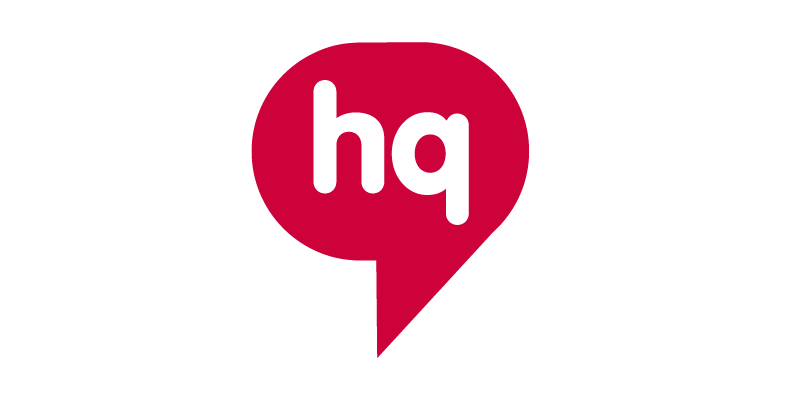
Photo Credit: SHMQ
According to a new Pew Research survey, nearly one in five adults on social media say they get their news regularly from “news influencers.” And that figure is even higher for young millennials in the 18-to-29 age group, where 37% report getting their news from news influencers. This is an interesting development, primarily because it shows that people are looking for unique views and takes on the news, rather than a simple recap of what transpired over the past 24 hours.
Simply put, adults who use social media may no longer be turning first to established names like the New York Times or Washington Post for the news. Instead, they want to see what influencers think is important, and to hear their opinions about the news. The experience is much like turning immediately to the op-ed page of a newspaper rather than scanning all the stories on page 1.
Who are the news influencers?
As defined by Pew Research, news influencers are individuals who have a large following on social media, and who often post about the news or on political and social issues. Unlike “travel influencers,” or “beauty influencers,” or “lifestyle influencers,” these “news influencers” may not necessarily have a product to sell you.
So that means they must work a lot harder to get clicks and engagement. They need to search out news that is likely to be controversial, polarizing, or alarmist. And they need to have a “hot take” on the news, so their social media posts are often accompanied by descriptions like “URGENT” or “BREAKING.”
The demographics of news consumers
When you start to dig into some of the data from Pew Research, some interesting patterns start to show up in the demographics. One major difference revolves around age. Younger users of social media are much more likely to turn to news influencers than older users. In the 50-to-64 demographic, for example, only 15% of social media users turn to influencers. And, in the 65+ demographic, only 7% of social media users turn to influencers.
There is also a slight difference based on income level. In general, lower-income individuals appear to be more dependent on news influencers than higher-income individuals. Of course, this is to be expected, given that young students (typically without income of any kind) are also the same people who are most likely to use social media in the first place.
There doesn’t appear to be any difference based on political or partisan affiliations. Of those who identify as Republican, 21% turn to social media influencers. And, of those who identify as Democrat, 22% turn to social media influencers. The percentage is almost identical, so both sides of the political aisle are being shaped by influencers.
What is the future of the news?
It will be interesting to see how many social media news influencers have real staying power. Just like adults of older generations grew up with TV news anchors telling them about the news of the day, will young adults of today look back with nostalgia at the news influencers of the current social media era? Will there ever be a Walter Cronkite for the TikTok generation?
One thing is certain: the influencer trend isn’t going away anytime soon. Influencers have helped to transform nearly every sector of the economy, and the media is simply the next sector to fall under their sway.